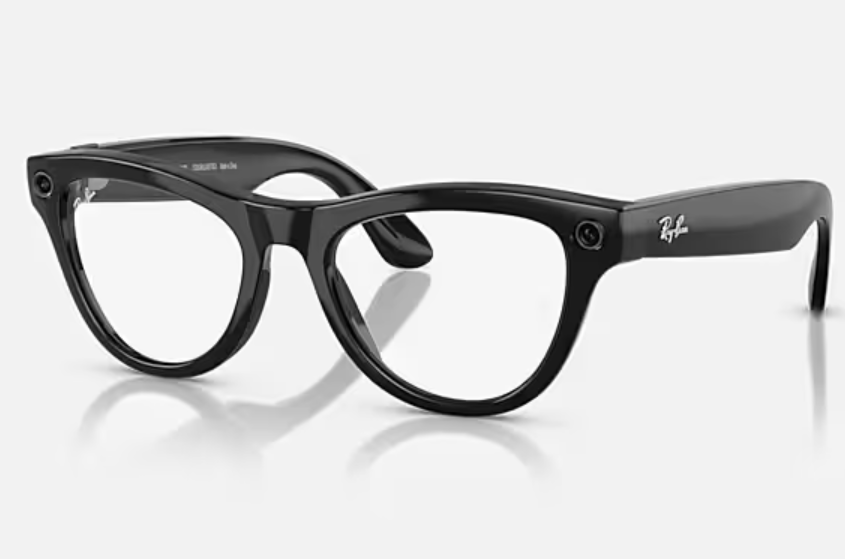What You Need to Know About Meta Glasses
Meta Glasses are one of the newer additions to a growing AI-enabled technology group. Find out how to identify these and what the key features are.

AI-powered devices are becoming more prominent in recent years, with smartphones, tablets, and watches making the rounds with personal and professional use. Education is no different as school districts are figuring out how to approach the subject of AI use in the classroom. One of the pieces of tech that hasn’t been discussed as readily are smart glasses.
While not as widely used, smart glasses are quickly gaining popularity for common application. Ray-Ban has partnered with Meta to create Ray-Ban Meta Advanced Smart Glasses.
Here’s what you need to know about Meta Glasses.
Key Takeaways
- Meta Glasses have the ability to provide answers, translate languages, play music, and capture and stream images
- Without power, Meta Glasses can function as regular glasses (prescription lenses can even be added)
- It is easy to identify Meta Glasses by the distinguishing features that set these apart from traditional glasses
What Do Meta Glasses Do?
Meta Glasses utilize Meta’s AI to interact with the outside world through a front-facing camera. For example, you can scan signs in different languages and have Meta AI translate for you. You can use Meta AI to give you historical background on surrounding landmarks in your area. It can respond to you in real time depending on the request you give it, similar to on-phone assistants such as Siri or Alexa. You can also receive spoken instruction, as well as listen to music through concealed speakers on either side of the frames.
Meta Glasses have the ability to take pictures with the front-facing camera at the push of a button. When connected to the internet, you also have the ability to stream live video of what you’re looking at. If you decide to activate your Meta Glasses to stream video, an indicator light will show others that they may be captured in the stream. This acts as an extra layer of protection in case you don’t want to be identified on someone else's stream.
Are Meta Glasses Actually Glasses?
A pair of Meta Glasses can act as a regular pair of glasses, even for those who need prescription lenses. In order to operate the Meta Glasses you need to have a smartphone with an updated operating system, a WiFi connection, and wireless internet access. If these things are available, your Meta Glasses can still act as normal glasses.
Your Meta Glasses also need power to work, which can be provided through a protective charging case. A charge within the glasses can last up to four hours, with the ability to charge longer through the case.
Tools and ideas to transform education. Sign up below.
Another discerning factor is the use of the accompanying Meta View app, which allows you to change certain settings and features associated with the Meta Glasses. Without access to this app, Meta Glasses would simply function like regular glasses.
Meta Glasses in an Educational Environment
How would a pair of Meta Glasses interact with a classroom environment? While a student might need to use the glasses in the same way they would use traditional frames, the extra functionality of Meta Glasses might be harder to use in a classroom setting. In addition to the obvious issues around privacy, using the Meta Glasses may require verbal interaction, which would distract a student from what is going on during a lesson while also creating a distraction. It would also be quite obvious for an educator to notice a student using any smart-enabled features.
As an educator, you can tell Meta Glasses from regular glasses by observing a few telltale signs. Meta Glasses have frames that are a bit thicker than regular glasses due to the technology being housed. Also, due to the camera on the front of the frame, a teacher would easily be able to see the lens or the light indicator to show that the user is streaming.

Michael Millington is a senior staff writer for Tech & Learning. A writer and editor with over a decade of experience, his focus on bringing actionable information to those in need is the driving force behind his work. When not researching new advancements in technology, Michael likes to practice his Italian and train his dog Cyril.
